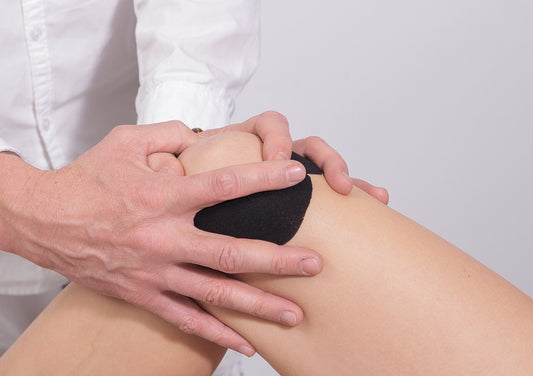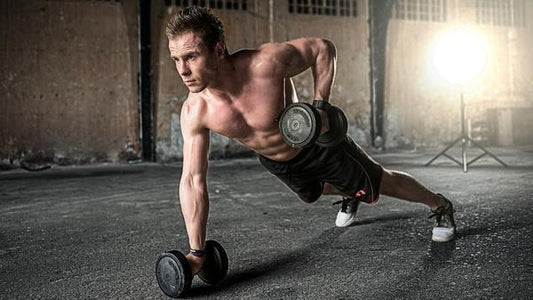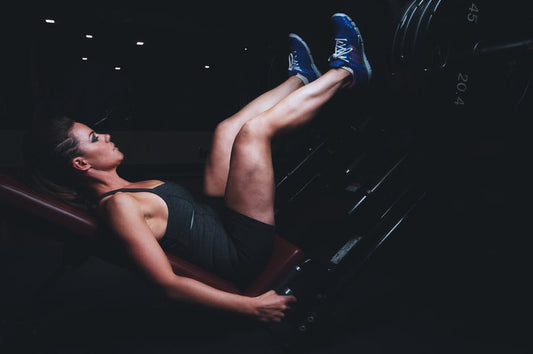CrossFit
How to Prevent Potential Cross Training Injuries?
CrossFit has been known to expose individuals to many and diverse forms of exercise. Loading these exercises with weight when one is not yet readily prepared may lead to injury....
How to Prevent Potential Cross Training Injuries?
CrossFit has been known to expose individuals to many and diverse forms of exercise. Loading these exercises with weight when one is not yet readily prepared may lead to injury....

Knee Pain during Cross Training Workouts and Wh...
A bad knee is a disappointment to any athlete, but unfortunately, it happens to most people without preamble. Depending on its degree, it can be life-altering and prevent you from...
Knee Pain during Cross Training Workouts and Wh...
A bad knee is a disappointment to any athlete, but unfortunately, it happens to most people without preamble. Depending on its degree, it can be life-altering and prevent you from...

First CrossFit Workout – Getting the Most from It
If you have a friend doing CrossFit, chances are you have heard them mentioning terms such as WOD, PR, Angie, Fran, or Cindy. Anyone who has never stepped into a...
First CrossFit Workout – Getting the Most from It
If you have a friend doing CrossFit, chances are you have heard them mentioning terms such as WOD, PR, Angie, Fran, or Cindy. Anyone who has never stepped into a...

Cross Training workout : Reasons Why You Should...
Mirror muscles which include the back, arms and the core are more noticeable than the rest. For this reason, they tend to be worked out more than the others. Many...
Cross Training workout : Reasons Why You Should...
Mirror muscles which include the back, arms and the core are more noticeable than the rest. For this reason, they tend to be worked out more than the others. Many...

Cross Training Gym - Hydration Myths and Why Th...
The warm summer weather may be good for holidaymakers, but in the CrossFit gym, it brings about the discussion on hydration and how it impacts on workouts. Experts in hydration,...
Cross Training Gym - Hydration Myths and Why Th...
The warm summer weather may be good for holidaymakers, but in the CrossFit gym, it brings about the discussion on hydration and how it impacts on workouts. Experts in hydration,...
Top 5 Reasons Why You Should Do Box Jump Cross ...
Box jumps are one of the favorite exercises of CrossFit athletes. This is because they are efficient, will get you gasping for breath and sweaty within a short time in...
Top 5 Reasons Why You Should Do Box Jump Cross ...
Box jumps are one of the favorite exercises of CrossFit athletes. This is because they are efficient, will get you gasping for breath and sweaty within a short time in...

